Just got a PS5? Here are the best TVs to use with Sony’s next-gen console
Top TV screens for that brand new PS5
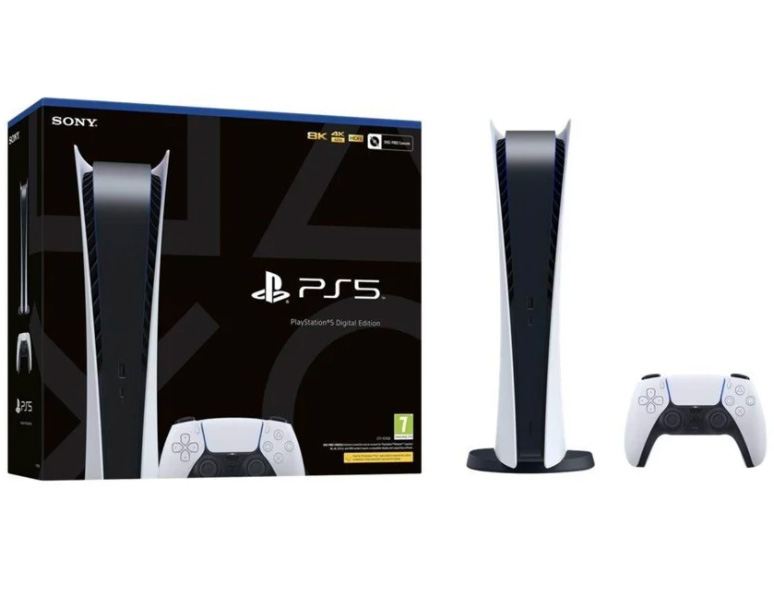
Did someone gift you a new PS5 for the holidays? Or was it just time to treat yourself, now that enough PS5 games had launched to make the purchase worthwhile? Either way, those of you staring lovingly at the rocket-shaped gaming console will no doubt be wondering whether your current TV is up to the job.
There’s never been a better time to buy a PS5 TV. The console has a number of high-tech gaming specifications that are now widely supported on today’s screens, which may have been harder to get hold of when the console launched two years ago – so this is the perfect opportunity to upgrade your gaming TV.
In this guide, we’ll run you through the key features to look out for in a PS5-ready television, and the four best TVs for a truly top-tier gaming experience on Sony’s incredible console.
What does a PS5 TV need?
To get the most out of a PS5, you need a TV that can match it spec for spec. 4K resolution is a key one, with more 4K games than ever available to play – and it’s thankfully very easy to get hold of a 4K TV these days. Even if a game isn’t optimized for 4K / Ultra HD, your screen will still upscale the resolution to make the most of the millions of pixels on your screen. (8K resolution is nowhere near as necessary, so we wouldn’t worry about an 8K TV just yet.)
You also need to make sure you have a refresh rate suitable for PS5 gaming. Most TVs ship with 60Hz panels these days, meaning the image can refresh 60 times every second, keeping action fluid and responsive, and offering the latest benchmark for top-tier play. A TV with a 50Hz panel won’t be quite as adept at this – 60Hz is the minimum to aim for, with 120Hz TVs being the next step above for serious gamers. Few games require that refresh rate, and not everyone will notice the difference, but it’s a great thing to future-proof – while making use of the PS5’s 4K/120Hz video output capability. You’ll need a TV that supports the HDMI 2.1 connection standard to push through 4K and 120Hz at the same time, too.
VRR, or ‘variable refresh rate’, is a relevant technology that helps a TV switch between different refresh rates on the fly, to best match the frames being output by your games console. VRR came a little late to the PS5, and doesn’t apply to PS4 games, but is now supported by the console and well worth ensuring your TV can meet the same spec.
Dedicated game modes are commonly found on TVs, too, helping to lower input lag – the amount of time it takes for the console’s output to be displayed on screen – so it’s well worth looking for TVs that offer this. Under 10ms input lag is a good benchmark for serious players, but under 20ms should still suffice for most. Above that, you may start to notice some delay.
Get daily insight, inspiration and deals in your inbox
Sign up for breaking news, reviews, opinion, top tech deals, and more.
All up to speed? Now it’s time to look at the four PS5 TVs we’d recommend for someone who’s just got a new Sony console.
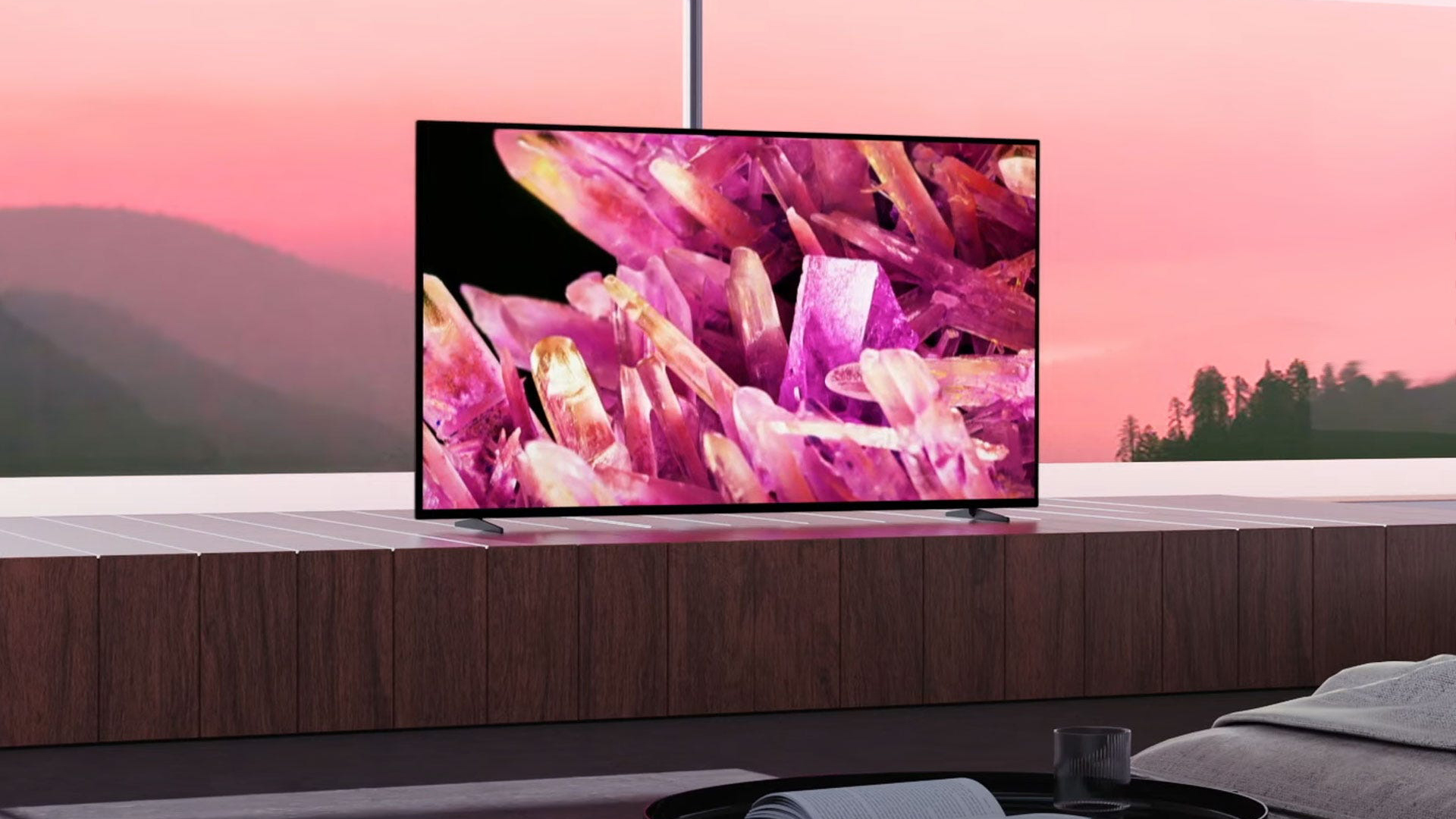
1. Practical excellence: Sony X90K (55-inch)
This mid-range 4K TV from Sony is a great choice for taking the PS5 for a spin. It’s on the cheaper side compared to some OLED gaming TVs, but is still packed with serious specifications to help your games shine.
You’re getting a 120Hz panel, 4K resolution, and two full-spec HDMI 2.1 ports – meaning you’ll be able to plug in both a PS5 and Xbox Series X, if your gaming budget has extended that far. VRR and ALLM (auto low latency mode) keep things looking smooth and responsive, and you also get the added satisfaction of a Sony entertainment experience from start to finish. The X90K is even classified as a ‘Perfect for PlayStation 5’ TV by Sony, with dedicated picture presents and HDR tone mapping for playing PS5 games.
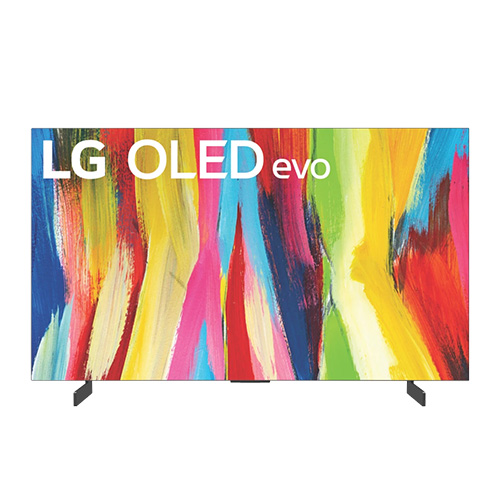
2. OLED option: LG C2 OLED (48-inch)
LG’s C Series OLED was a dual winner in the TechRadar Choice Awards 2022 for best TV and best gaming TV, and for good reason. This screen offers a great marriage of affordability and performance, with a high-spec OLED panel, 4K/120Hz output, VRR, and low input lag. The a9 processor used here is far superior to the a7 model used in cheaper LG A2 and B2 OLEDs, so we really do recommend this TV instead – the smaller 42-inch and 48-inch screen sizes are ideal for solo gaming sessions too.
That OLED screen offers incredible black levels, vivid color, and exceptional contrast – ideal for realizing gorgeous PS5 games in their full glory. OLEDs aren’t quite as bright as some LCD or QLED counterparts (of which we have examples below), so visibility might suffer if you tend to play in well-lit rooms – but this is still a great pick for a premium PS5 experience.
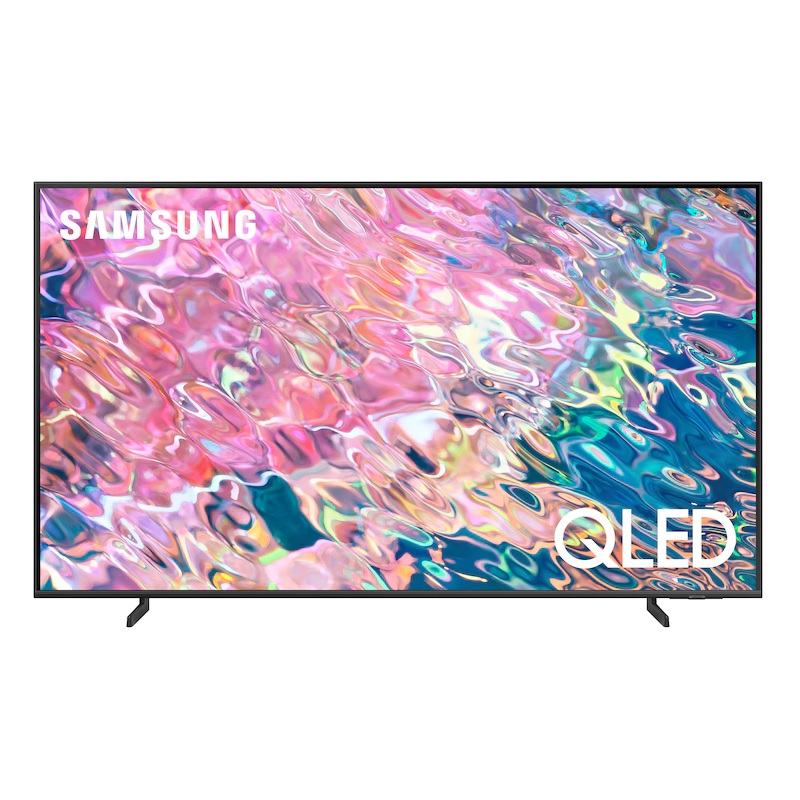
3. The 60Hz screen: Samsung Q60B QLED (43-inch)
The Q60B is the cheapest QLED TV to come from Samsung this year, making it a great entry point into a world of enhanced color and contrast that quantum dot technology allows.
It’s only a 60Hz screen, which may be enough for some gamers, especially when considering its dedicated modes for FPS, RPG, RTS and Sports games – but VRR is also nowhere to be seen. As a relatively low-cost screen, though, and one that beats the Sony X90J for brightness, the Q60B is well worth a look.
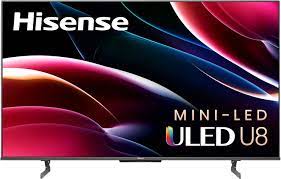
4. Big screen contender: Hisense U8H (75-inch)
Sometimes, only a big screen will do. If you want to play PS5 games with an IMAX-like impact, you’ll want this 75-inch Hisense TV, which offers an incredible medley of gaming features for the price.
The U8H packs in a 4K/120Hz panel, HDMI 2.1 support, VRR and a low-latency mode for games. That’s alongside a mini-LED backlight, which enables incredible brightness, lighting control, and vivid colors to boot. A Google TV smart platform also means you won’t be knocking your head against Hisense’s proprietary software – but the main benefit is that you’re getting a capable gaming TV, at a massive size, for a relatively affordable price.
Henry is a freelance technology journalist, and former News & Features Editor for TechRadar, where he specialized in home entertainment gadgets such as TVs, projectors, soundbars, and smart speakers. Other bylines include Edge, T3, iMore, GamesRadar, NBC News, Healthline, and The Times.
